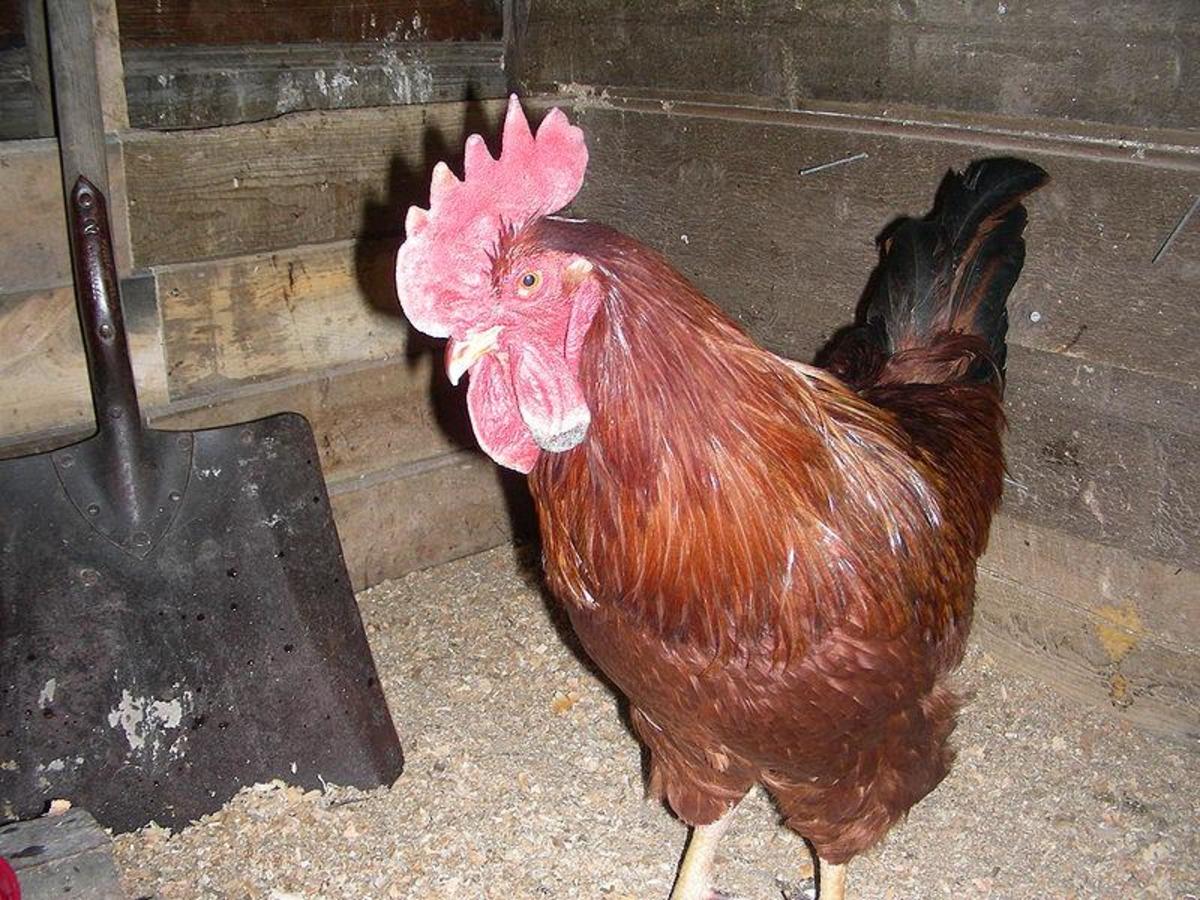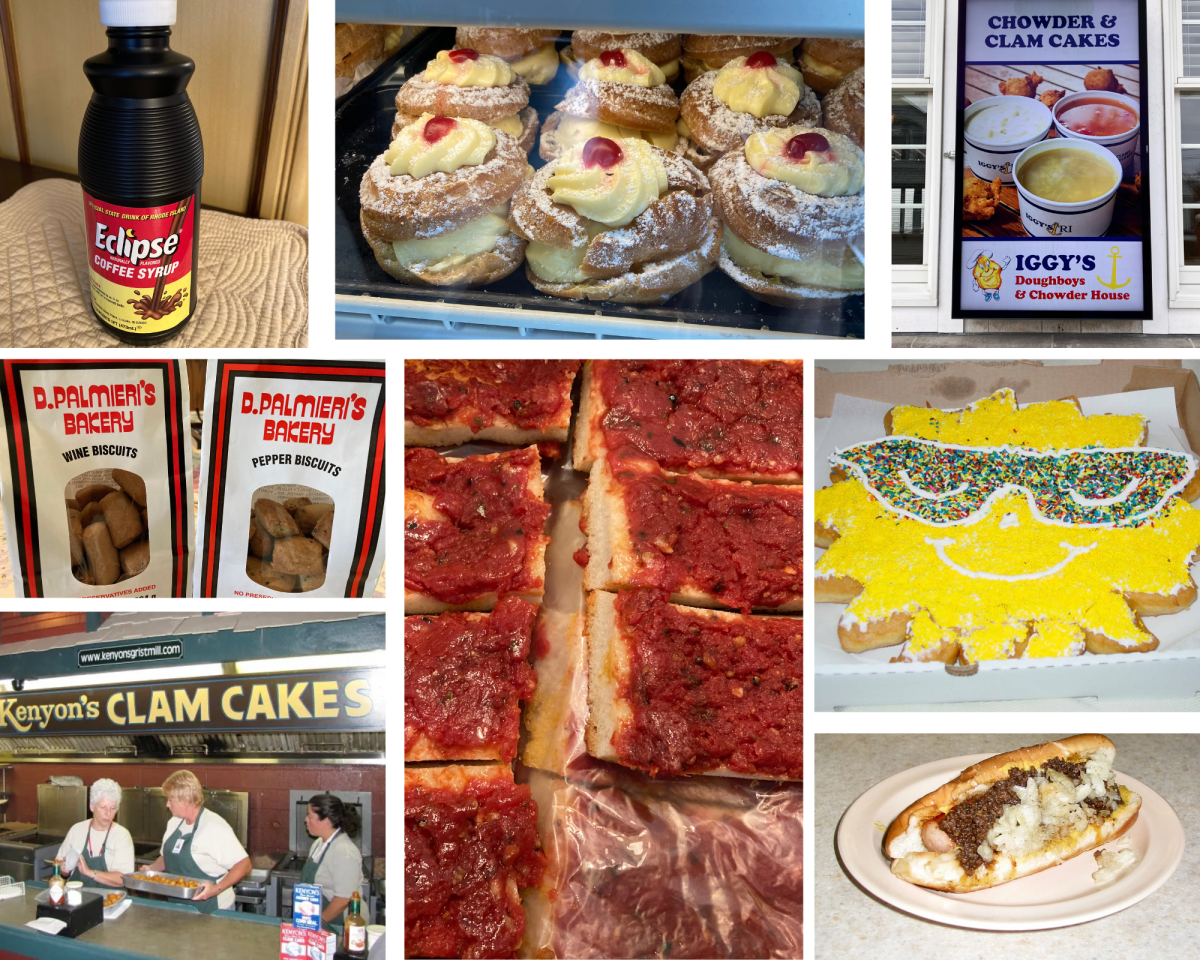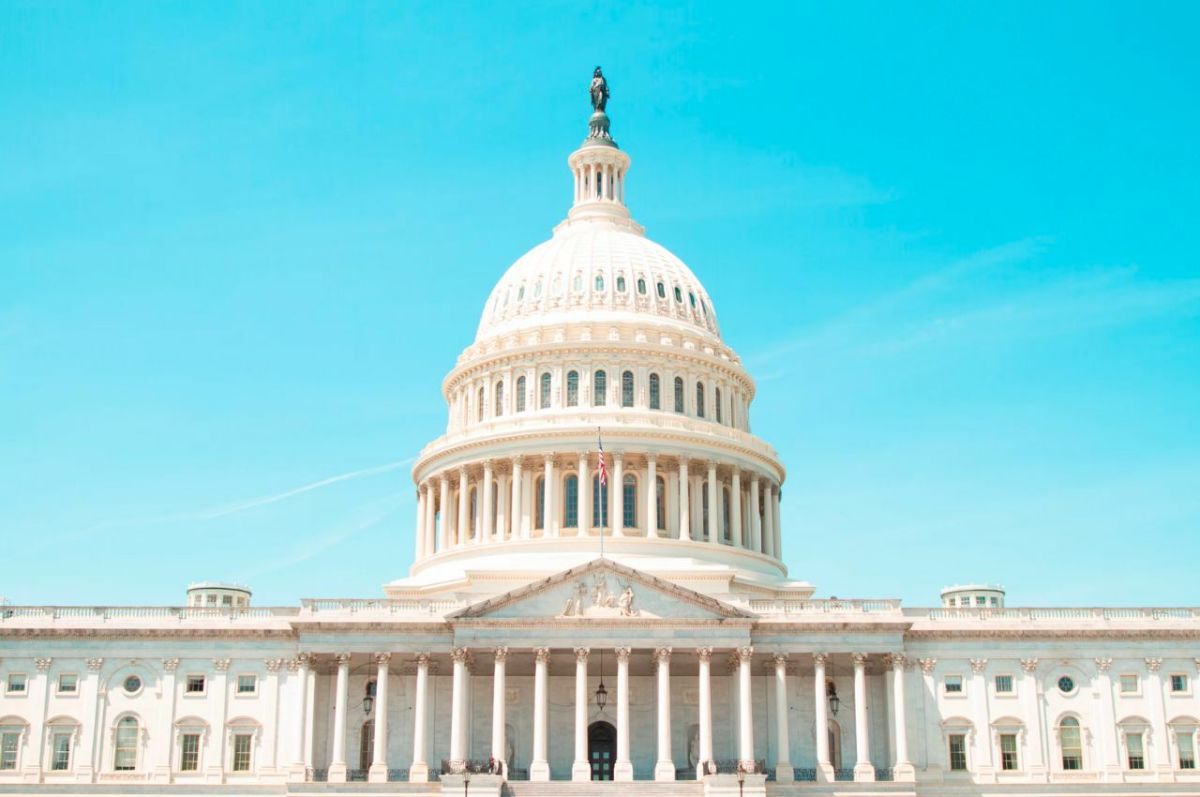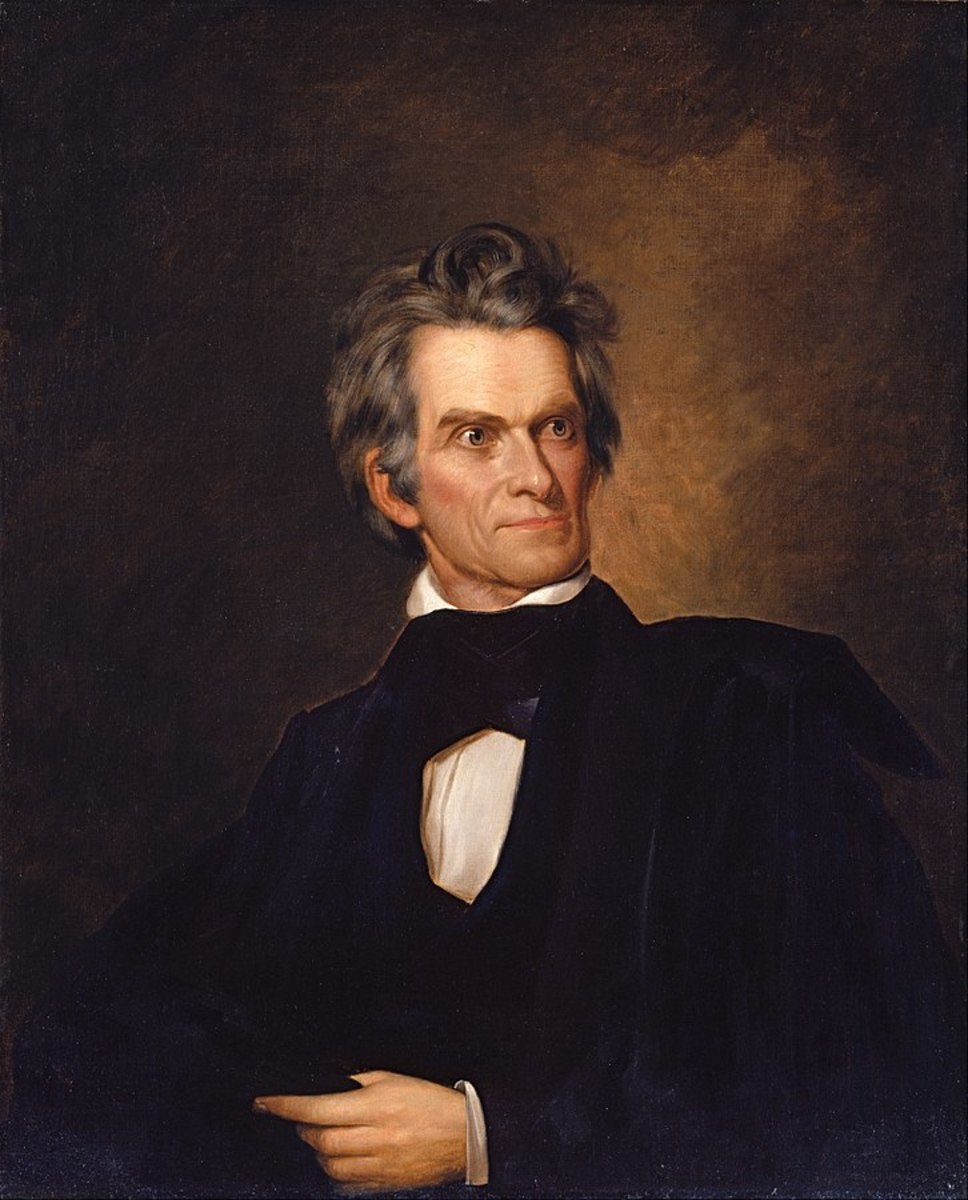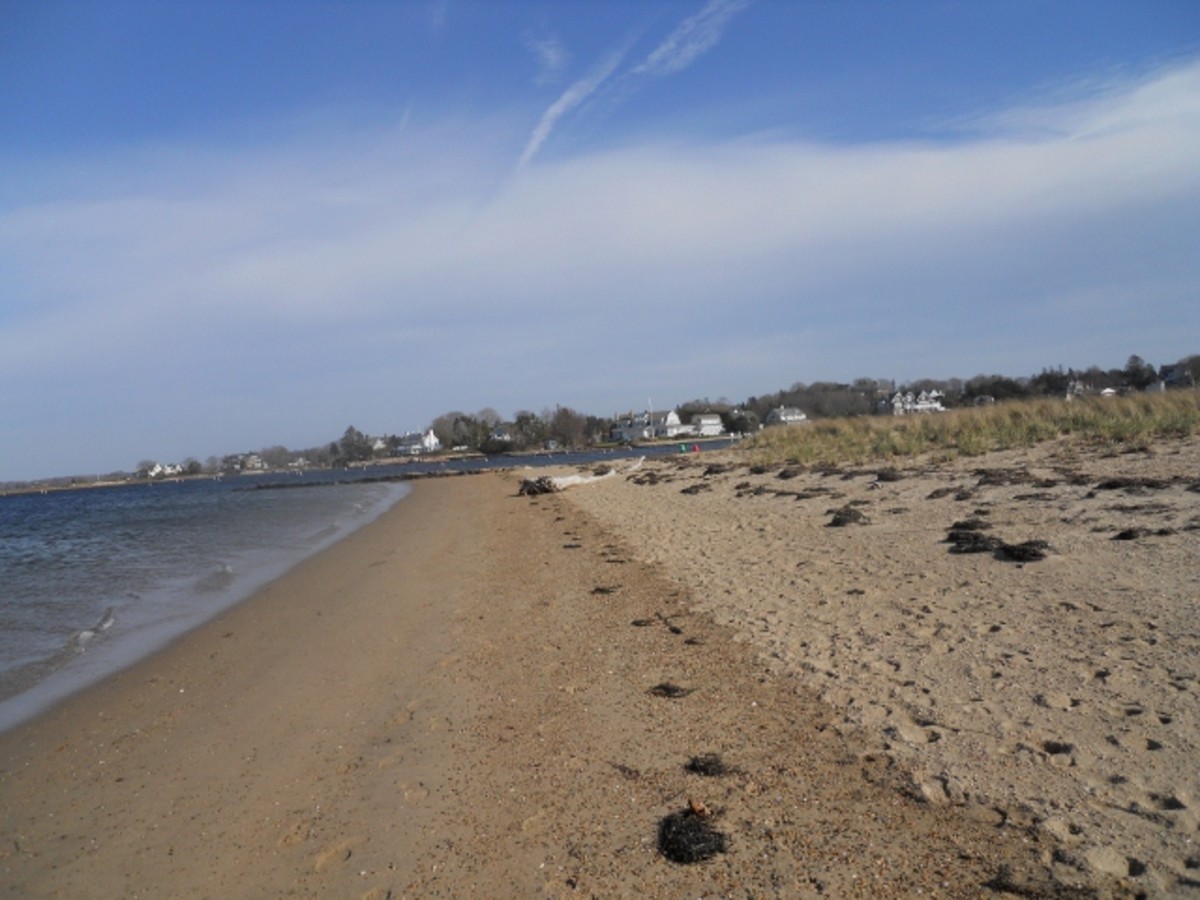The State Birds of the United States- Installment Four
Just about every American citizen is aware that the Bald Eagle is a symbol of the United States of America. The Bald Eagle is a powerful animal, and an imposing sight soaring high over mountains and seas, but no the only bird that we use to represent ourselves. This country has 50 states that bring it together, and each of those 50 states also has a bird they have chosen to represent them.
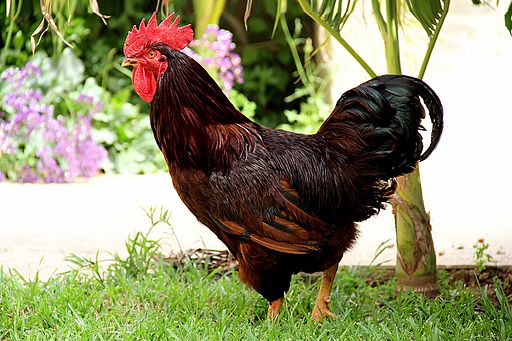
The Rhode Island Red
The Rhode Island Red chicken is one of just two chickens on our list and the only one that is a recognized breed of chicken. It was designated as Rhode Island’s state bird in 1954. The Rhode Island Red is a medium-large chicken, known for it’s striking dark red feathers on both the male and female. They are a relatively hardy breed and handle most climates well. Although typically docile, the males have been known to be somewhat aggressive. In fact, I grew up with my father telling me stories of the big red rooster that used to chase him around the chicken yard. That rooster was my grandmother’s prized Rhode Island Red. They are used as both a meat and egg laying breed. They are possibly the best egg layers of the chicken breeds that are also used for meat, and they tend to continue laying eggs even under marginal or poor conditions.
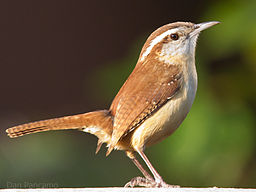
South Carolina and the Carolina Wren
The Carolina Wren was chosen as the state bird of South Carolina in 1948 and placed on the state quarter in 2001. It is a little cinnamon-colored bird with a distinctive white stripe above its eye, which is sometimes hard to spot. They can easily be heard throughout their range as they demonstrate loud, high-pitched chirps and whistles throughout the year and at all times of the day. They are a non-migratory Wren, and they are often severely affected by cold weather. Their range has been extending north in the last century, possibly due to the gradually warmer winters. They are not exceptionally strong fliers and can most often be seen foraging on the ground for insects. Although most birds only meet up during the breeding season, the male and female pair up at any time of year. Once paired, the two remain together throughout their life, building nests, raising young and even foraging side by side.
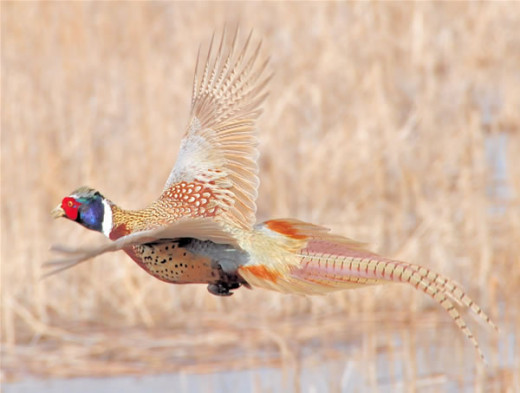
The Ring Necked Pheasant of South Dakota
In 1943 South Dakota chose the ring-necked pheasant as their state bird, and like the state bird of South Carolina, they were featured on the state quarter. The male ring-necked pheasant is a brown and russet colored bird with an eye-catching green and blue hood above a stark white ring of feathers around the neck, and a vivid red patch around the eyes. The females colors are not as intense, but they are still an attractive light golden brown with striking patterning. They dwell in long grasses and at the edges of wetlands and agricultural fields where they spend most of their time searching for insects, seeds, and vegetation. In the autumn and winter they gather in large flocks to forage and roost, but during the breeding season, a dominant male will gather with several females to reproduce. The females breed only once per year although the young are quick to become independent, staying with their mothers for less than two months.

Utah and the Californian Gull
Utah is the only state to have a state bird that is named after a different state than itself. Utah chose the California Gull in 1955, one hundred and seven years after the California Gull saved Utah citizens by eating the crickets that were decimating the settlers first food crops. It is a medium-sized gull, with the typical grey and white coloring. Like all gulls the California gull is an opportunistic feeder, eating fish, fruit, insects, small mammals, earthworms, and even garbage at times. Like its diet, its means of getting food are also varied. While on land they forage along the ground, even following plows to gain more insects and grain, but when hunting fish and small mammals, they tend to be highly acrobatic fliers who dive down to capture their prey. Although they tend to be found near the oceanic coastlines in the winter, they stay farther inland for breeding in the summer. Their breeding grounds have a tendency to be large and loud with up to a thousand active nests at a time. Mated pairs are monogamous and work together to raise the chicks, from nest building to feeding the young.
The Vermont Thrush, flicking its tail
Vermont’s Hermit Thrush
The hermit thrush is a similar shape to the American robin, but it is slightly smaller, and its coloring is much less dramatic. Both the male and female are an unpretentious light brown color with speckled underparts and a distinctly rust colored tail, which it flicks often. They are the most widespread thrush in North America with the exception of the American Robin, and their population has been rising steadily since 1966. They can inhabit a wide variety of environments and are found in most of the forests in their range. During the spring and summer months they feed mainly on insects such as beetles, ants, and wasps, but during the winter months they rely more on fruit and wild berries. They are yet another monogamous variety of bird who cooperate to raise the young, with the male often bringing the food to the nest and the female actually feeding it to the chicks. They can raise two or three broods per breeding season because the young, who are hatched while blind and featherless are ready to leave the nest usually within just two weeks.
Did you know what your state bird was?
References
[1] http://www.ansi.okstate.edu/breeds/poultry/chickens/rhodeislandred/index.htm
[2] http://www.mypetchicken.com/chicken-breeds/Rhode-Island-B97.aspx
[3] http://statesymbolsusa.org/Lists/state_birds_list.html
[4] http://birds.audubon.org/birdid
[5] http://www.allaboutbirds.org/Page.aspx?pid=1189

